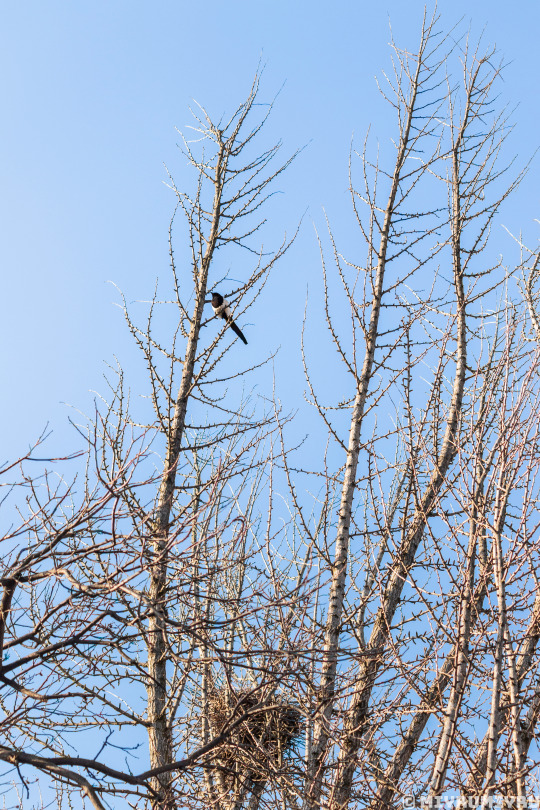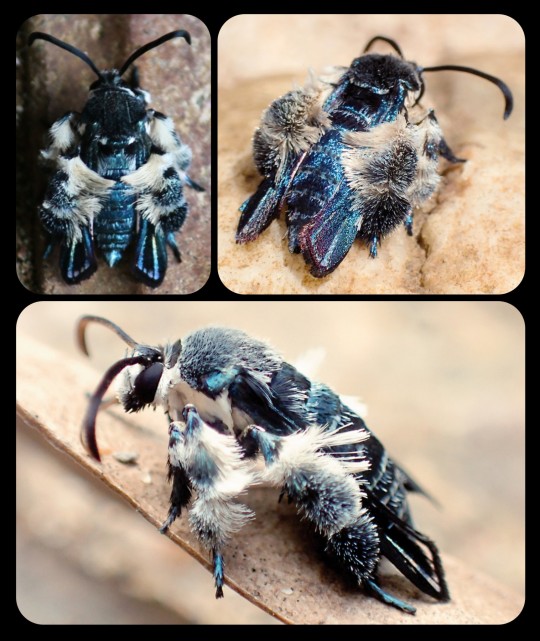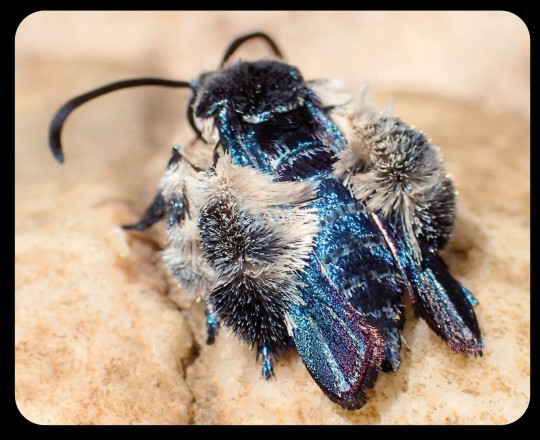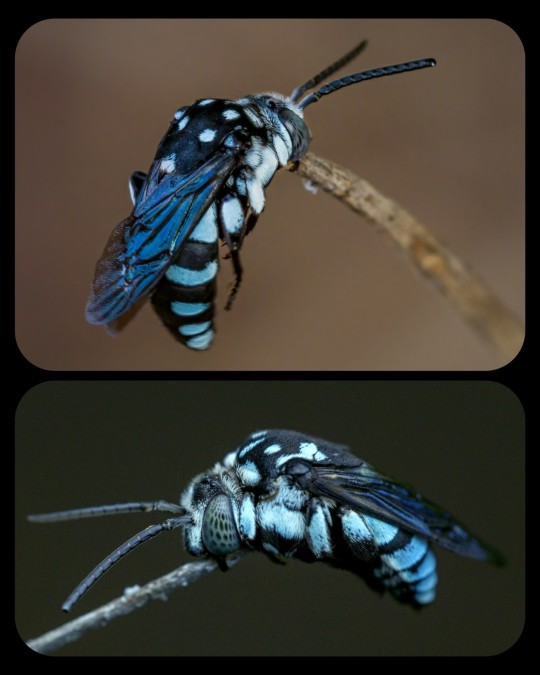#Orient Anime
Explore tagged Tumblr posts
Text

Goodbye ♥️!
#I don't talk about it much but just like Magi Orient has a special place in my heart I had to draw something for the ending </3!#Thanks to Ohtaka sensei for her amazing work! I'll miss them 🥲#orient#orient manga#shinobu ohtaka#orient fanart#magi#musashi#kojiro kanemaki#tsugumi hattori#musashi orient#art#digital art#krita#fanart#orient anime#also bro this was supposed to be just a sketch but i couldn't stop myself from rendering
63 notes
·
View notes
Text

CACKLING THIS SHOULD NOT BE AS FUNNY AS IT IS TO ME
#apologies for the low-quality images lmao#showing my friend orient and they brought this up and it make me laugh so fucking hard#orient#orient anime#orient manga#orient memes#anime memes#manga memes#memes#musashi#musashi orient#orient musashi#kojiro kanemaki#kanemaki kojiro#kojiro orient#kojiro kanemaki orient#kanemaki kojiro orient#tsugumi hattori#hattori tsugumi#tsugumi orient#tsugumi hattori orient#hattori tsugumi orient
20 notes
·
View notes
Text

Orient volume 19 cover featuring Takeda Naotora, Uesugi Tatsuomi & Hojo Shishikado
#orient#orient anime#orient manga#takeda naotora#uesugi tatsuomi#hojo shishikado#God they look SO GOOD#Naotora... <3
26 notes
·
View notes
Text




NEW Kodansha Print+Digital:
🗡️Orient, Volume 19🗡️ By Shinobu Ohtaka
😈As the Dark Demon God expands to fill the entire sky, an endless night descends upon the Land of the Setting Sun, and people begin displaying strange symptoms.
6 notes
·
View notes
Text
Kojiro: I am going to need you to swear- Musashi: Fuck. Tsugumi: ... Kojiro: ...swear as in promise.
#anime#incorrect quotes#incorrect anime quotes#shinobu ohtaka#orient anime#orient manga#kojiro#kojiro kanemaki#musashi#musashi orient#tsugumi#tsugumi hattori#orient incorrect quotes
10 notes
·
View notes
Text


Orient protag trio but make it modern (I'll post refs for their outfits at some point)
#dearembraced#orient#orient manga#kanemaki kojiro#kojiro kanemaki#musashi#orient musashi#tsugumi hattori#hattori tsugumi#orient tsugumi#orient kojiro#orient fanart#orient manga fanart#orient anime
17 notes
·
View notes
Text
Happy 26th birthday, A.J. Beckles!

#aj beckels#bang zoom entertainment#tokyo revengers#cookie run kingdom#baki the grappler#bungou stray dogs#bleach tybw#bleach#bleach anime#pokemon#pokemon path to the peak#243 seiin high school boys volleyball team#orient anime
4 notes
·
View notes
Text
"dolphins are completely evil" I actually don't think we should assign human morality to animals with no concept of law or civilisation with an intelligence roughly equating to that of a toddler
#I KNOWWWW ITS FUNNY TO SAY.#and I KNOWWWW they do fucked up things#BUT THEY'RE NOT PEOPLE. they're fucked up but they're not evil#I love dolphins. I think they're delightful. they're complex and intelligent and unfortunately complex and intelligent animals#sometimes do bad things. this doesn't make them evil. they're ANIMALS#also I think its a liiittle unfair. most dolphins are purely fun and games oriented silly water mammals. SOME dolphins are dickheads#don't take this post too seriously!! I am simply musing I am not trying to start Dolphin Discourse
20K notes
·
View notes
Text
Schoolwork
2K notes
·
View notes
Text


Pride Shipping Containers - 05/2024
#pixel art#pixel animation#trains#train art#pride month#pride flags#pride art#lgbtq#queer#trans#gay#lesbian#pansexual#bisexual#asexual#demisexual#aromantic#aroace#genderfluid#nonbinary#demigirl#demiboy#genderqueer#agender#polyamory#oriented aroace
5K notes
·
View notes
Text


(by aarni_and_hiisi)
1K notes
·
View notes
Text


Magpie is trying to connect with the moon.


The solitude keeper U_U
Oriental magpie (Pica serica)
#original photographers#photographers on tumblr#my photography#lensblr#magpie#bird#birds#birb#birbs#photography#photographer#oriental magpie#asian magpie#magpies#Pica serica#wildlife#animal photography#naturephotography#birdphotography#wildlife photography#bird photography#solitude#noai#no ai#no to generative ai
2K notes
·
View notes
Text

#thus needs no explanation#every stupid doctor meme immediately gets assigned to this bitch i luv him sm#orient#orient anime#orient manga#seiroku inukawa#inukawa seiroku#seiroku orient#orient textposts#textposts
17 notes
·
View notes
Text


Orient + flat colors.
#orient#orient manga#orient anime#date soma#tokugawa tsubasa#inukawa seiroku#inuzuka kazumasa#inui aijiro#inusaka nanao#inukai shiro#inumura mikito#inuyama imari#amako katsumi#hojo shishikado
46 notes
·
View notes
Text


Chii ; Chobits ☆ Oriental Forest
#anime#anime figure#figure#figure collecting#anime figurine#figurine#anime collecting#scale figure#myfigurecollection#manga#chii#chobits chii#chobits#chobits figure#oriental forest
453 notes
·
View notes
Text
The Oriental Blue Clearwing Moth: these moths were regarded as a "lost species" for more than 130 years, until they were finally sighted again in 2013

For more than 130 years, the Oriental blue clearwing moth (Heterosphecia tawonoides) was known only from a single, badly damaged specimen that was collected in Sumatra in 1887. There were no recorded sightings of this species again until 2013, when entomologist Dr. Marta Skowron Volponi unexpectedly found the moths feeding on salt deposits that had accumulated along the riverbanks in Malaysia's lowland rainforest.

These moths were observed by researchers again in 2016 and 2017, and research indicates that the moths are actually bee-mimics, as they mimic the appearance, sound, behavior, and flight patterns of local bees. Their fuzzy, bright blue appearance might seem a little out of place for a bee-mimic, but those features do appear in several different bee species throughout Southeast Asia.
When the moths are in flight, they bear a particularly strong resemblance to the bees of the genus Thyreus (i.e. cuckoo bees, otherwise known as cloak-and-dagger bees), several of which are also bright blue, with banded markings, dark blue wings, fuzzy legs, and smooth, rounded antennae. The physical resemblance is compounded by the acoustic and behavioral mimicry that occurs when the moths are in flight.

Cloak-and-Dagger Bees: the image at the top shows an Indo-Malayan cloak-and-dagger bee (Thyreus novaehollandiae) in a sleeping position, holding itself upright with its mandibles clamped onto a twig, while the image at the bottom shows a Himalayan cloak-and-dagger bee (T. himalayensis) resting in the same position
The moths also engage in "mud-puddling" among the various bees that congregate along the riverbanks; mud-puddling is the process whereby an insect (usually a bee or a butterfly) draws nutrients from the fluids found in puddles, wet sand, decaying plant matter, carrion, animal waste, sweat, tears, and/or blood. According to researchers, the Oriental blue clearwing moth was the only lepidopteran that was seen mud-puddling among the local bees.
Dr. Skowron Volponi commented on the unusual appearance and behavior of these moths:
You think about moths and you envision a grey, hairy insect that is attracted to light. But this species is dramatically different—it is beautiful, shiny blue in sunlight and it comes out during the day; and it is a master of disguise, mimicking bees on multiple levels and even hanging out with them. The Oriental blue clearwing is just two centimeters in size, but there are so many fascinating things about them and so much more we hope to learn.
This species is still incredibly vulnerable, as it faces threats like deforestation, pollution, and climate change. The president of Global Wildlife Conservation, which is an organization that seeks to rediscover "lost species," added:
After learning about this incredible rediscovery, we hope that tourists visiting Taman Negara National Park and picnicking on the riverbanks—the home of these beautiful clearwing moths—will remember to tread lightly and to take their trash out of the park with them. We also recommend that Americans learn about palm oil production, which is one of the primary causes of deforestation in Malaysia.
Sources & More Info:
Phys.org: Bee-Mimicking Clearwing Moth Buzzes Back to Life After 130 Years
Mongabay News: Moth Rediscovered in Malaysia Mimics Appearance and Behavior of Bees to Escape Predators
Journal of Tropical Conservation Science: Lost Species of Bee-Mimicking Clearwing Moth, H. tawonoides, Rediscovered in Peninsular Malaysia's Primary Rainforest
Frontiers in Zoology: Southeast Asian Clearwing Moths Buzz like their Model Bees
Royal Society Publishing: Moving like a Model - mimicry of hymenopteran flight trajectories by clearwing moths of Southeast Asian rainforests
Medium: Rediscovery in a Glint of Blue
re:wild.org: The "Search for Lost Species" Project
#lepidoptera#moths#heterosphecia tawonoides#oriental blue clearwing moth#entomology#insects#cute bugs#nature#animals#lost species#mimicry#evolution#bees#southeast asia#Malaysia#colorful moths#bee mimic#science
1K notes
·
View notes